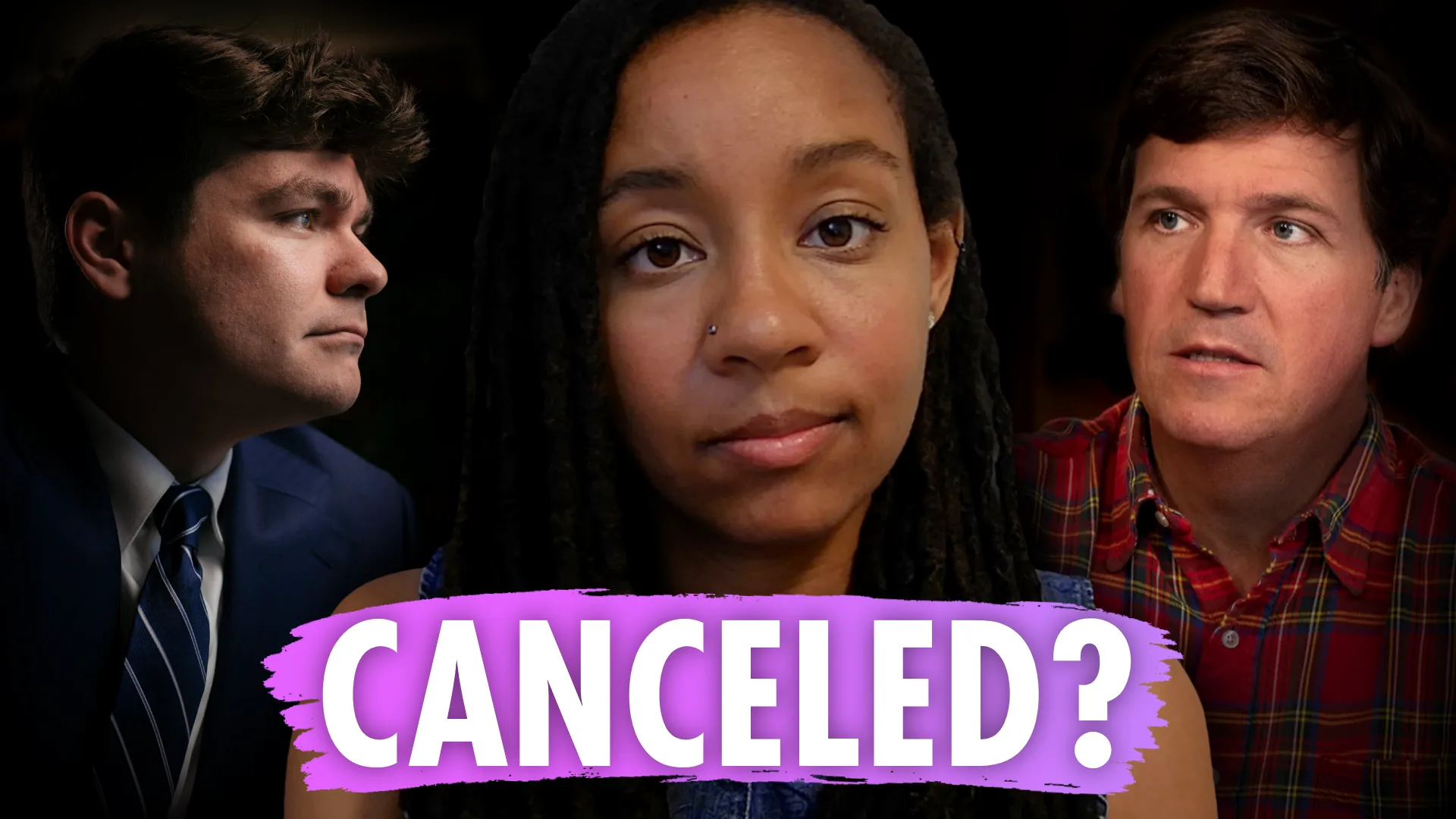Not having enough energy and focus throughout the day can cripple your productivity and, worse, decrease the overall quality of your life. Low energy can make it seem as if your body is actively preventing you from being fully engaged with important work, a favorite hobby, or a loved one.
A common kind of energy decline is the dreaded afternoon slump—the energy drop many feel around 12 to 3 pm that annihilates your focus. I used to try shaking this drowsiness off with a nap or a walk—with limited success—assuming that it was just an unavoidable part of being human.
But it is avoidable. After taking a closer look at my eating habits, I discovered that intermittent fasting paired with fuel meals could eliminate my midday sluggishness almost entirely.
Intermittent fasting is when you abstain from eating according to a schedule. Fuel meals are meals you design to help you maintain high energy throughout the day.
Intermittent fasting tells us when to eat and fuel meals tell us what and how much to eat. The goal of both is to give you more consistent energy and to break the afternoon slump’s ankles (to steal a basketball term).

I’ve tried various forms of fasting over the last few years and this routine has helped me the most:
- The day before today, I stop eating between 5 and 7 pm.
- I work fasted until about 11 am, then I eat a light, high-protein lunch.
- Finally, I eat a large, often carbohydrate-rich dinner between 4 and 7 pm.
This is a time-restricted eating (TRE) routine, which means I fast for fourteen to sixteen hours and eat during an eight-to-ten-hour window. With this, I’ve noticed that I have better and longer-lasting concentration, thinking ability, and mood.
There are also other forms of fasting, such as the well-known Islamic Ramadan fast, which lasts from dawn to dusk everyday for a month straight, the weekly 5:2 fast (where you eat normally for five days and eat 500-600 calories for two days), the alternate-day fast (where you eat one day on, one day off repeatedly), and the 24-hour fast.
Fasting works for me and others, but it isn’t for everyone. For example, some women may need to avoid extreme forms of fasting due to menstrual cycles, bone density concerns, or pregnancy. And people with type 1 or type 2 diabetes may not want to do long fasts because it could lead to hypoglycemia—dangerously low blood sugar. Barring these and other exceptions, a relatively healthy person may notice heightened energy and focus from a mild form of fasting.
Although intermittent fasting can tell us when to eat, it doesn’t tell us what or how much to eat.
This is where fuel meals come in.
Fuel meals differ importantly from ritual meals. CEO of Flow Research Collective Rian Doris puts the difference this way:
[Fuel] meals [have] one goal: to fuel your body and brain for energy, focus, and flow-state. The second type of meal—suited for rituals—can have many goals, from the pure pleasure of delicious food, celebration, belonging, connection with others, etc.
In short, fuel meals are for energy and ritual meals are for socializing.
What should go into fuel meals? There are many things to consider, but the first is carbohydrate content.
Carbohydrates (carbs)—especially refined ones such as white flour, white rice, and sugar—tend to spike your glucose levels (or blood sugar levels), which eventually crash. They are a likely culprit behind the afternoon slump. Protein, on the other hand, doesn’t spike your glucose levels. And whole grains don’t spike your levels as much as refined carbs.
You may want to see if eating more protein and opting for whole grains affects your energy levels. For example, switching from eating cereal and white toast to eating a couple of eggs and whole-grain toast for breakfast helped me keep my energy more even throughout the day.
However, whole grains and unprocessed seeds, nuts, and fruits, although high in carbs, tend not to spike glucose levels as much because they contain the plant’s original fiber—which prevents your body from absorbing it as quickly as refined carbs (and you don’t want to miss the various vitamins and minerals these foods contain). In fact, a large chunk of the carbs in whole grains, for instance, aren’t even absorbed by the body.
Size also matters when it comes to fuel meals. We’ve all experienced that food coma feeling after eating an American-sized dish. To prevent this, the Japanese mantra “Hara hachi bu” which roughly translates to “Stop eating when you are 80 percent full” may help. You could take this principle a step further by pre-portioning your fuel meals to only fill you to about 80 percent. Doing this would build this principle into your fuel meals so you can use your willpower somewhere more high-leverage.
Intermittent fasting and smaller meals seem to be about abstaining to many people. But, they’re really about gaining. They’re about gaining energy and focus (and perhaps, longevity).
Hopefully intermittent fasting and fuel meals will help you establish a new energy-focus-baseline that will empower you to live each day to its fullest.





